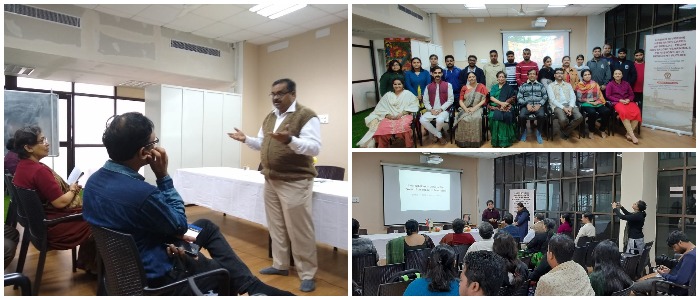
Outlining a heritagescape
A joint workshop at IIT Kharagpur tries to take heritage conservation from yearnings for the past to a vision for a resilient future The Baluchari sari has long been accepted as a reflection of Bengal’s rich artistic heritage. Does this idea of heritage also stretch to lives of the people who make it? Would this heritage have been preserved without their role in the sustenance of this art through their generational participation in its making? Would Chhau dance, another unique heritage of Bengal, survive if the next generation of Chhau dancers do not learn the dance? When the Rajbanshis…

